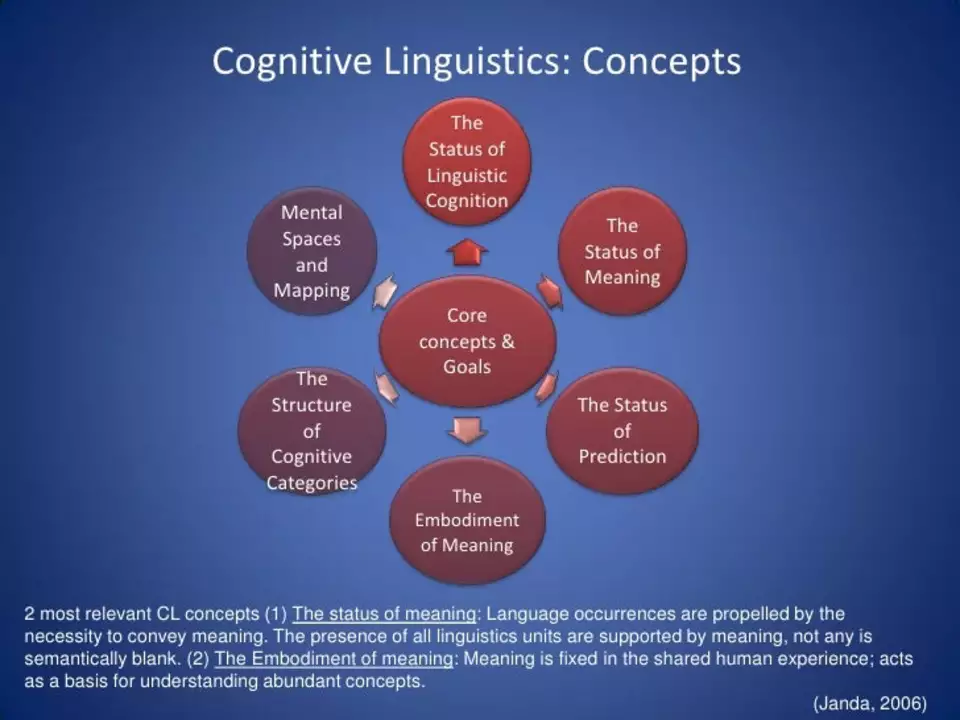Unbiased Indian Political News: How to find clear, fact-based coverage
Want straight, unbiased Indian political news without the noise? Start by changing how you read. Treat a headline as a signpost, not the full story. Open the article, check who wrote it, and look for direct quotes, dates, and links to official documents or data. If those are missing, be skeptical.
Why bias shows up in political reporting
Newsrooms, writers, and even algorithms have angles. Sometimes bias comes from political leanings, sometimes from chasing clicks with emotional headlines. You’ll also see selective facts — a story that highlights one side while ignoring inconvenient context. Knowing this helps you ask the right questions: Who benefits from this version? What facts are missing?
Watch for clear signs of opinion: words that judge people or policies, sweeping generalizations, or quotes without attribution. Reliable reporting separates facts (what happened) from analysis (what it might mean). If an article mixes both without marking opinion, it’s a red flag.
Practical steps to stay informed without getting misled
1) Read more than one outlet. Compare a national paper, a regional source, and a data-driven site. Differences will reveal gaps and help you form a balanced view. 2) Check primary sources. Read the actual speech transcript, government order, or court document cited. That removes intermediaries who might spin the meaning. 3) Use fact-checking sites for viral claims — they often trace a claim back to the source and explain context.
4) Look at data, not just quotes. Numbers on budgets, turnout, or crime rates tell a clearer story when presented with sources. 5) Follow journalists who show their sources and correct mistakes publicly. Transparency matters more than a catchy headline. 6) Beware of social media: screenshots and short clips remove context. If a post seems shocking, search for the full report before sharing.
For election coverage, focus on official results and reputable trackers rather than predictions based on incomplete samples. For policy stories, check who benefits financially from the change. For protests and social movements, read local reports alongside national coverage to catch grassroots details.
You don’t need to read everything. Pick a few reliable outlets and a couple of specialized sources (policy think-tank, legal reporter, or data site) and rotate them. Over time you’ll recognize which outlets stick to facts and which aim for drama.
Try small habits: pause before sharing, look for dates, and ask whether the piece cites documents or only unnamed sources. Those few seconds make a big difference in avoiding spin and staying informed with real, unbiased Indian political news.
